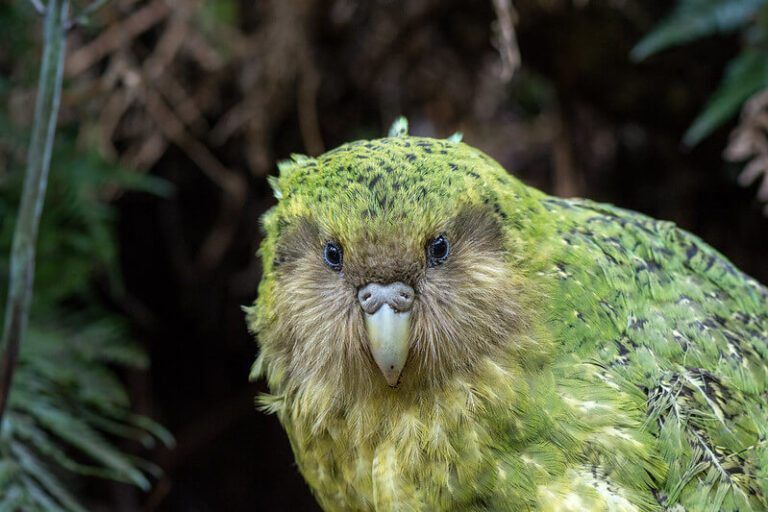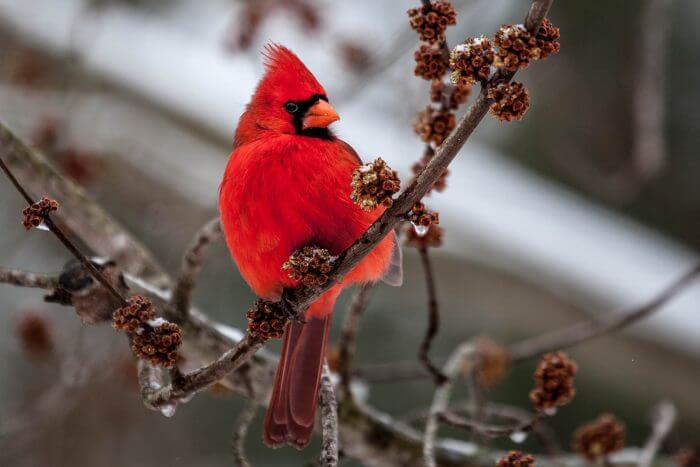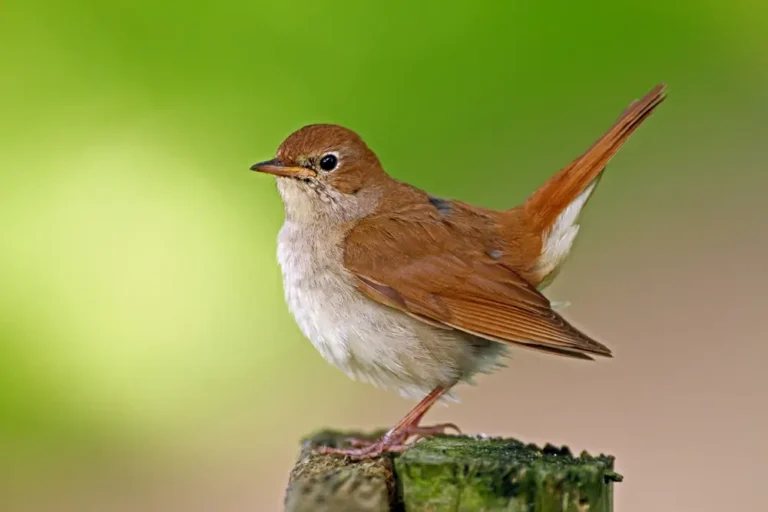Wood Duck (Aix sponsa): A Comprehensive Guide
The wood duck, with its vibrant plumage and striking beauty, is one of the most colorful waterfowl in North America. Often spotted gliding gracefully across forested wetlands or perching in trees, this bird’s elegance has fascinated bird watchers, hunters, and conservationists alike. Its unique habits and stunning appearance make it stand out in the avian world.
In this article, we will dive deep into the wood duck’s life, exploring its classification, habitat, behavior, and more.
Contents
Scientific Classification
- Kingdom: Animalia
- Phylum: Chordata
- Class: Aves
- Order: Anseriformes
- Family: Anatidae
- Genus: Aix
- Species: Aix sponsa
The wood duck, Aix sponsa, is part of the Anatidae family, which includes ducks, geese, and swans. Its scientific name, sponsa, means “betrothed” or “promised,” perhaps reflecting its dazzling plumage that evokes imagery of an ornately dressed bride.
Physical Characteristics

Wood ducks are renowned for their striking appearance, especially the males.
Male Wood Duck:
- Head: Males have iridescent green and purple feathers on their crested heads, with bold white stripes down their necks.
- Eyes: Their bright red eyes contrast sharply against their head.
- Body: Their chest is a rich chestnut color, and they have a patch of iridescent blue-green on their wings. The belly is white, and they have intricate black-and-white patterns throughout their bodies.
Female Wood Duck:
- Females are less colorful, with grayish-brown bodies and a white eye ring, but they maintain an understated beauty with their sleek appearance.
Size:
- Length: 47–54 cm (19–21 inches)
- Wingspan: 66–73 cm (26–29 inches)
- Weight: 500–700 grams (1.1–1.5 pounds)
Both sexes possess strong claws, allowing them to perch in trees—a rare ability for waterfowl.
Habitat and Range
Wood ducks are primarily found in North America, with their range extending from southern Canada to the southern United States. Their preferred habitats include:
- Forested Wetlands
- Swamps
- Beaver Ponds
- Rivers and Lakes with ample tree cover
They are unique among ducks for their habit of nesting in tree cavities near water. The availability of suitable nesting sites, often near wetlands with abundant vegetation, is crucial for their survival.
Behavior and Diet
Behavior:
Wood ducks are diurnal and spend most of their day foraging for food. They are also known for their shy nature, preferring secluded areas to avoid disturbances. Their agile, short wings aid their ability to fly through dense forests with ease. During migration, wood ducks tend to travel in small flocks.
Diet:
Wood ducks are omnivores. Their diet includes:
- Plants: Aquatic plants, seeds, nuts (especially acorns), and berries.
- Invertebrates: Insects, snails, and small crustaceans.
- Aquatic Life: Small fish and amphibians when available.
They feed by dabbling—dipping their heads below the water to forage for food, often in shallow ponds or marshes.
Reproduction
Wood ducks have one of the most fascinating reproductive behaviors among waterfowl.
Nesting:
- Nesting Sites: Females typically lay eggs in tree cavities or artificial nest boxes. The nests are lined with down feathers from the mother.
- Clutch Size: Females lay between 6 to 16 eggs per clutch.
- Incubation Period: Eggs hatch after about 28 to 37 days of incubation.
Hatching and Fledging:
After hatching, the ducklings face a remarkable challenge. Within a day, the young leap from the nest—sometimes from heights of over 50 feet—and fall to the ground unscathed. They are then led to water by the mother, where they begin feeding almost immediately.
Predators and Threats
Wood ducks face a range of natural predators:
- Egg Predators: Raccoons, squirrels, and snakes often prey on wood duck eggs.
- Duckling Predators: Hawks, large fish, and snapping turtles target ducklings.
- Adult Predators: Foxes, owls, and large birds of prey pose threats to adult wood ducks.
Despite these dangers, wood duck populations have rebounded significantly thanks to concerted conservation efforts.
Conservation Status
In the early 20th century, wood ducks were near extinction due to overhunting and habitat loss. Conservation measures, such as the Migratory Bird Treaty Act of 1918 and the widespread use of nesting boxes, helped their numbers recover dramatically. Today, wood ducks are classified as Least Concern by the International Union for Conservation of Nature (IUCN), but habitat protection remains critical for their continued survival.
Evolutionary History and Interesting Facts
Evolutionary Origins:
The wood duck is believed to have evolved in North America millions of years ago. Its closest relative is the Mandarin duck (Aix galericulata), native to Asia. The two share similarities in their striking appearance and preference for wooded aquatic habitats.
Interesting Facts:
- Wood ducks are among the few duck species that can perch and nest in trees, thanks to their strong claws.
- They are excellent fliers and can reach speeds of up to 30 miles per hour.
- Males are often silent, while females produce a high-pitched, repetitive call.
Relationship with Humans
The wood duck holds a special place in American culture. Its beauty and historical importance as a game bird have made it a favorite among bird watchers and hunters. Conservationists have also rallied around this species, promoting the construction of wood duck boxes to increase nesting opportunities in areas where natural cavities are scarce.
Wood ducks have thrived in suburban and urban wetlands where natural nesting habitats have been preserved or enhanced, leading to a successful coexistence with humans.
Conclusion
The wood duck is an extraordinary bird with unique adaptations, remarkable beauty, and a rich evolutionary history. From its impressive flying abilities to its tree-nesting habits, the wood duck has thrived in various habitats across North America. Thanks to conservation efforts, this once-threatened species has made a tremendous recovery, proving that with dedication and awareness, humans can play a vital role in protecting the natural world.
- Golden Retriever Pros and Cons: What Every Pet Parent Should Know - 15 September 2025
- Cane Corso Dog Breed: Health, Care, and Lifespan - 14 September 2025
- Catahoula Leopard Dogs: Description, Temperament, Lifespan, & Facts - 21 July 2025







